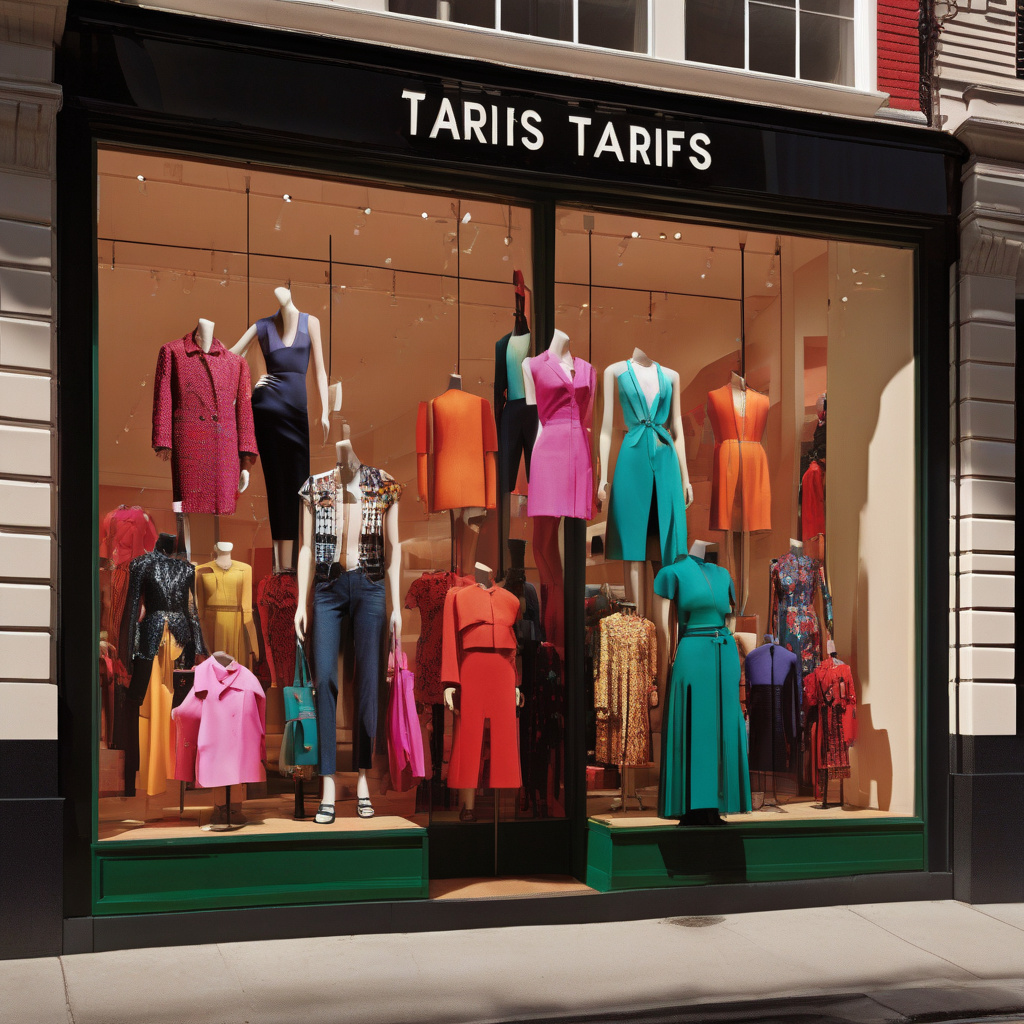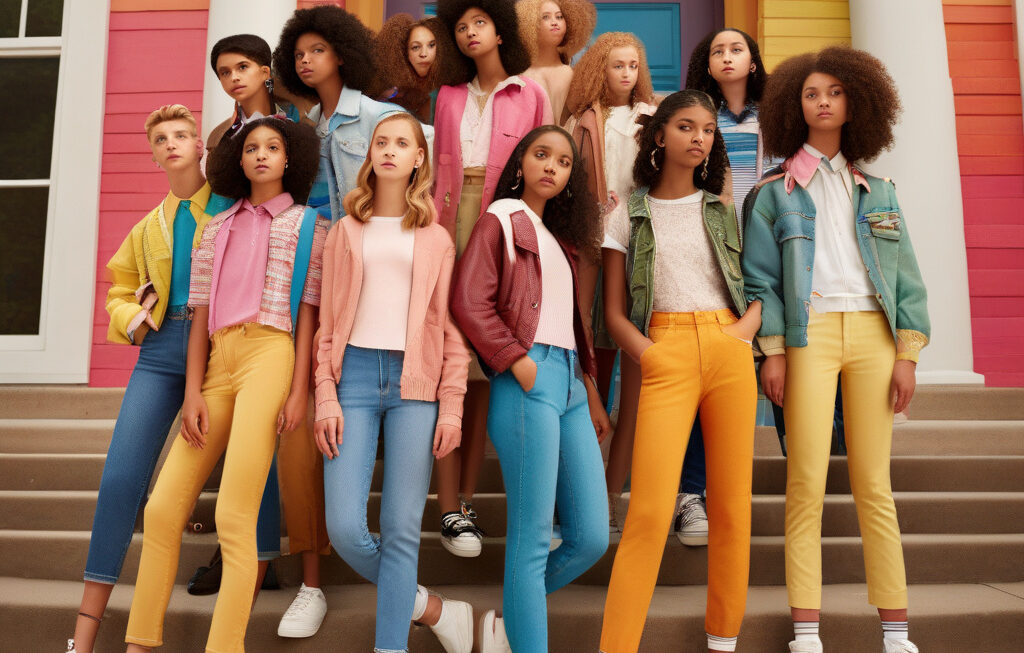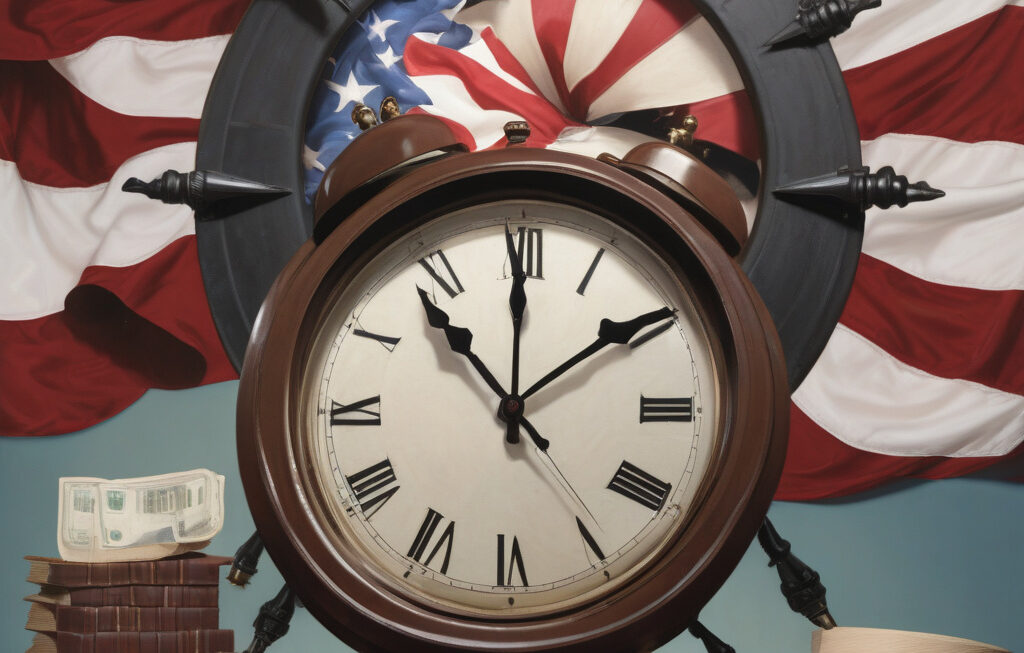‘Mind-Boggling’ Tariffs Threaten Fashion With Covid-Level Crisis
The fashion industry is no stranger to challenges, but the recent announcement of new import duties by President Donald Trump has sent shockwaves through the sector. Dubbed as ‘liberation day’ by the administration, the unveiling of these tariffs has left many in the industry scrambling to adjust and strategize for the road ahead. With some of fashion’s most significant manufacturing hubs set to bear the brunt of the highest tariffs, the implications of these changes are nothing short of staggering.
The imposition of these tariffs comes at a time when the industry is still reeling from the effects of the Covid-19 pandemic. Just as businesses were beginning to regain their footing and navigate the ‘new normal,’ this latest development threatens to derail any progress made so far. The timing could not be worse, with many companies already stretched thin and struggling to stay afloat amidst economic uncertainty.
One of the most significant concerns stemming from these tariffs is their potential impact on consumer prices. As manufacturing costs rise due to increased duties, companies may be forced to pass on these expenses to their customers. This could result in higher price points for clothing and accessories, ultimately impacting consumer spending habits and overall demand for fashion goods.
Moreover, the tariffs are poised to hit some of fashion’s biggest manufacturing hubs the hardest. Countries like China, Vietnam, and Mexico, which have long served as key production centers for many fashion brands, are now facing the prospect of heightened import duties. This could prompt companies to reassess their supply chain strategies and consider relocating production to countries with lower tariffs, leading to a significant shift in the global manufacturing landscape.
In response to these challenges, industry players are exploring various avenues to mitigate the impact of the tariffs. Some are looking to diversify their sourcing locations, spreading production across multiple countries to reduce reliance on any single market. Others are ramping up efforts to streamline operations and improve efficiency to offset the increased costs resulting from the tariffs.
Furthermore, advocacy groups and trade associations within the fashion industry are actively lobbying for policy changes and trade negotiations to address the tariff issue. By voicing their concerns and pushing for reform, these organizations aim to protect the interests of businesses and workers within the sector and secure a more favorable trading environment for all stakeholders involved.
As the industry navigates through this period of uncertainty and upheaval, one thing remains clear – adaptability and resilience will be key to weathering the storm. Companies that can quickly pivot, innovate, and find creative solutions to mitigate the impact of the tariffs are likely to emerge stronger on the other side. By staying agile and responsive to changing market dynamics, fashion brands can position themselves for long-term success in a landscape fraught with challenges.
In conclusion, the ‘mind-boggling’ tariffs imposed on the fashion industry have the potential to trigger a crisis of Covid-level proportions. The implications of these duties are far-reaching, affecting everything from manufacturing costs to consumer prices and global supply chains. However, with strategic planning, collaboration, and a proactive approach to problem-solving, the industry can navigate through these turbulent times and emerge more resilient than ever.
tariffs, fashion industry, import duties, global supply chains, consumer prices












